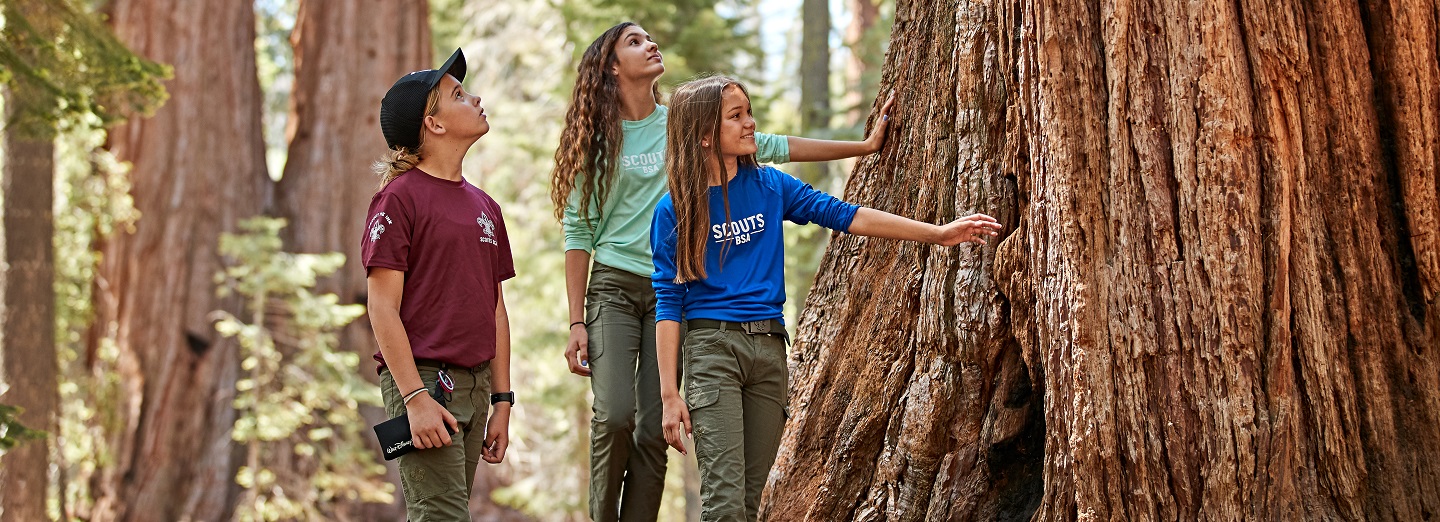
SUMMARY
According to the U.S. Forest Service, our nation’s forests are experiencing declining health conditions. Broken tops, widow-makers (broken or hanging limbs), and root rot in many tree species along with insect infestations, lightning, wind events, drought, and abundant moisture have led to the creation of abnormally high numbers of “hazard trees.” Hazard trees include dead trees, live trees with dead parts, and live trees that are unstable due to defects and are within striking distance of people or property.
These hazard trees don’t just affect our Scouting family during storms. They can fall—and have fallen—at unpredictable times, even when weather conditions are favorable.
GENERAL INFORMATION
Here are some tips to prevent a hazard tree from affecting your event:
- Assess your site. Look up, look down, and look all around when parking a vehicle, hiking on the trail, or selecting a campsite.
- Avoid campsites with hazard trees. Dead trees and dead limbs may fall at any time. Trees without needles, bark, or limbs may indicate structural defects.
- If a campsite does have hazard trees but must be used, be sure that all tents, chairs, hammocks, and work areas are outside the failure zone, or fall radius, of those trees. The fall radius on flat ground is 1½ times the height of the tree or tree part that could fail. Sloping ground could increase the danger zone.
- Don’t use dead trees, hazard trees, or other unstable objects to support tents, canopies, or hammocks.
- Check the environment constantly for changes, including the weather, as storms can increase the likelihood of trees or parts of trees falling.
- Communicate about hazard trees to others, such as units, crews, or camp authorities.


